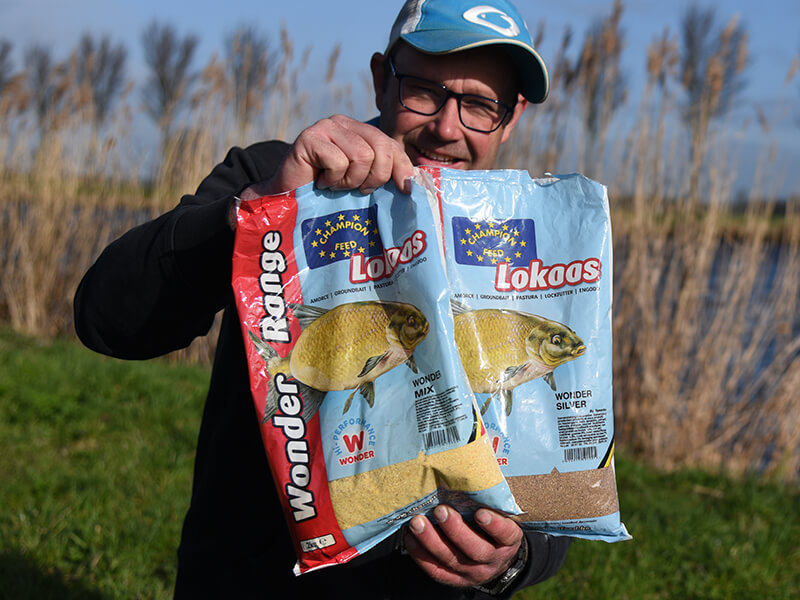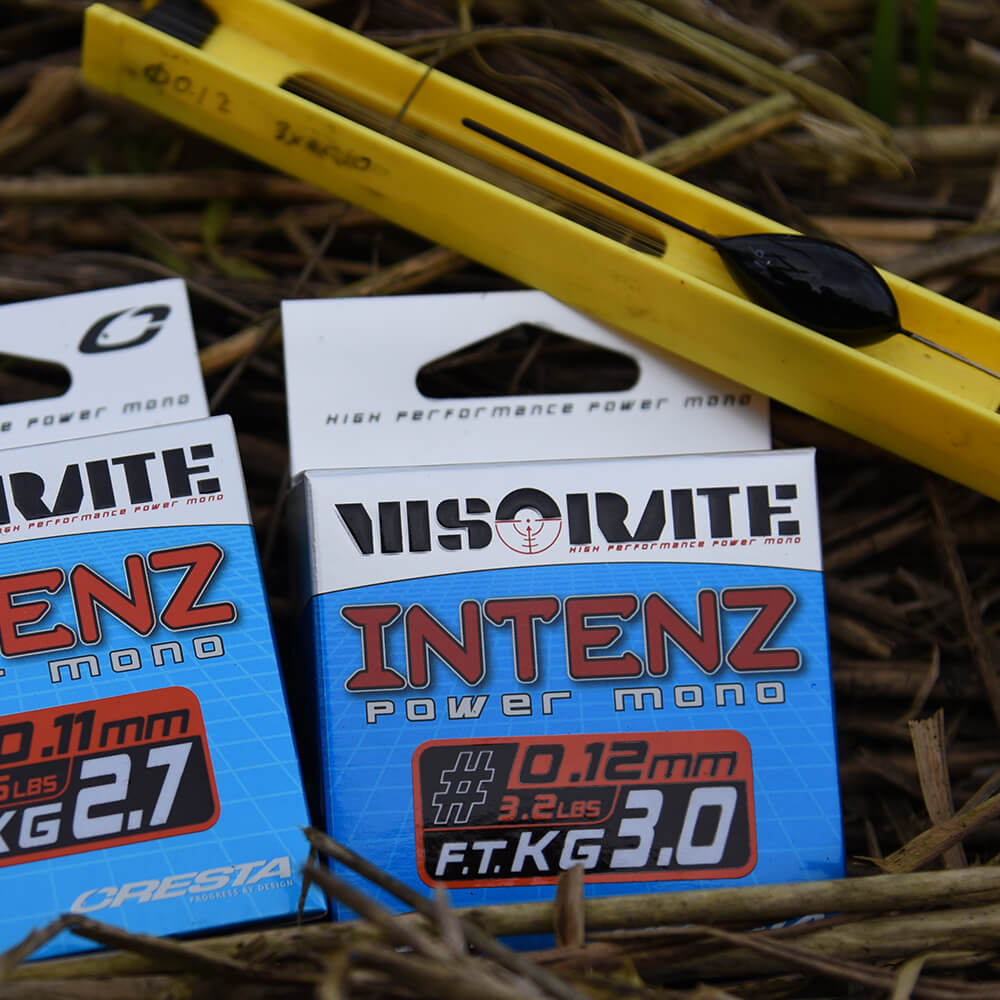
Conquering Windy Conditions with Pole Fishing
The North Holland Canal is renowned for its excellent bream catches, achievable through feeder and pole fishing tactics. Throughout the year, this canal provides ample opportunities for a rewarding fishing experience, although it can sometimes prove challenging. However, due to the canal’s flat proximity to the sea, strong and frequent winds are common occurrences. Today happens to be one of those days…
After rigging up the gear and plumbing out the floats, I first make a drift with a one-gram float. This is the lightest float I have prepared, and it moves pretty hard against the wind. There is a strong tow. Fortunately, I also have a 1.6-gram and a 2.5-gram float ready. The feed, consisting of 50% Wonder Silver and 50% Wonder Mix, I moisten a little extra because of the situation. I firmly press six balls of ground bait, each holding a little bit of live bait, and present them in the peg using a pole cup. After that, I follow up with three balls filled with casters, dead pinkies, and chopped worms.

A proven mix.
All three floats that I rigged up possess the same spherical design and have a metal stem. These floats are the best choice for me in these rough conditions, where the wind and tow vary. To ensure stability against the bottom, I use an olivette to present the bait. I lock it between just a few lead shots, allowing for easy adjustment when needed. However, below the olivette, make sure to have plenty of additional shot for fine-tuning, ideally 6 to 8 in number.
It takes a while before the first fish takes the bait, but when I decide to fully block my float on top of the groundbait, the first indication finally follows. A nice skimmer couldn’t resist the temptation of the 2 dead maggots. Several more fish follow, but to keep the bites coming consistently, regular feeding is crucial. Each time I introduce a ball of hard groundbait with some live bait in it, it triggers 3 to 5 bites without fail. Interestingly, the first fish after feeding the peg is often the largest. Once a small fish, like a roach or guster, takes the bait, it’s time to replenish the bait once again!

Nothing wrong with a guster, they are definitely weigthbuilders.
The strong wind makes it challenging to control the float effectively. Thankfully, the stiffness of the 9000 ONE pole comes in handy in these conditions. Even when a fish is hooked, the gusts of wind can put significant pressure on the pole. That’s precisely why I intentionally opted for the 1.0mm Smooth elastic. It may be relatively light, but it’s perfect for these windy circumstances. However, I tightly position it only in the first section of the pole to ensure proper hook setting. The topkit of the heaviest float features two sections of 1.4mm Smooth elastic. For the connection between the elastic and the main line, I rely on the new Smooth dacron connectors—a small yet vital product that anglers must trust completely.
Bites are becoming more frequent. Skimmers, bream, and guster are taking turns. However, the bites aren’t coming easily. Despite the rough conditions, the fish are being cautious, and using a float that’s too heavy or fishing with too much overdepth isn’t yielding good results today. Whenever conditions permit, I switch to the lightest float. With just a 15 cm line skimming the bottom, the bites become incredibly clear. A Gamakatsu 1310B size 16 hook on 0.09mm Intenz line is perfect for the moment. Its straight point increases the chances of hooking even the most delicate bites. The characteristic round bend of the hook works well for presenting pinkies, casters, maggots, and redworms.

Smooth dacron connectors
On a canal, it is common for the tow to move against the wind. The water at the surface is pushed in a particular direction, only to return at the bottom. The stronger the wind, the more pronounced this undertow becomes. However, even with less wind, this effect is often present, albeit less noticeable. It can be beneficial to occasionally block your float completely on the “wrong” side of the groundbait. When the wind causes your float to drift to the right, you tend to drift and fish in that same direction. Meanwhile, the current at the bottom may be weaker but flowing in the opposite direction…
By now, I’ve been fishing for over 2 hours, and it seems that only bream are left in the peg. I’m no longer catching small fish, and I frequently notice movements of the float indicating fish swimming into my line. After several indications and failing to hook a large bream, I know it’s time to switch gears. I swap the light float for the 2.5-grammer, which is rigged with a G102-No. 14 hook capable of accommodating larger bait. The 50cm-long hook length rests on the bottom, with a shot lead just above it. Soon, the float body emerges above the water’s surface, signaling that a big bream has taken the bait. The relatively large hook, combined with the 1.4mm Smooth elastic, provides ample control during the drill, resulting in a quick and easy landing of the fish.

a nice middle sized bream
Cupping in bait still holds great importance. Almost after every fish, it becomes necessary to introduce another ball of bait. Essentially, the feeding pattern is similar to feeder fishing. To prevent line tangles, I firmly squeeze the bait together.
There comes a period when each put results in a bream. Alongside a bunch of dead maggots, a combination of a red worm with a pinkie proves to be a successful option. By alternating between these baits, I am able to maintain a good pace.
The wind shows no sign of relenting, and as the end of the session draws near, I realize how much the pole support has assisted me in controlling the 9000 ONE at 13m. With bait running low and the prospect of traffic congestion around Amsterdam, it’s time to swiftly pack up and head home.

a pole support make such a difference, specially in windy conditions.
Used Products

Visorate Intenz Powermono

Smooth Dacron Connectors

Smooth Soft Elastic




